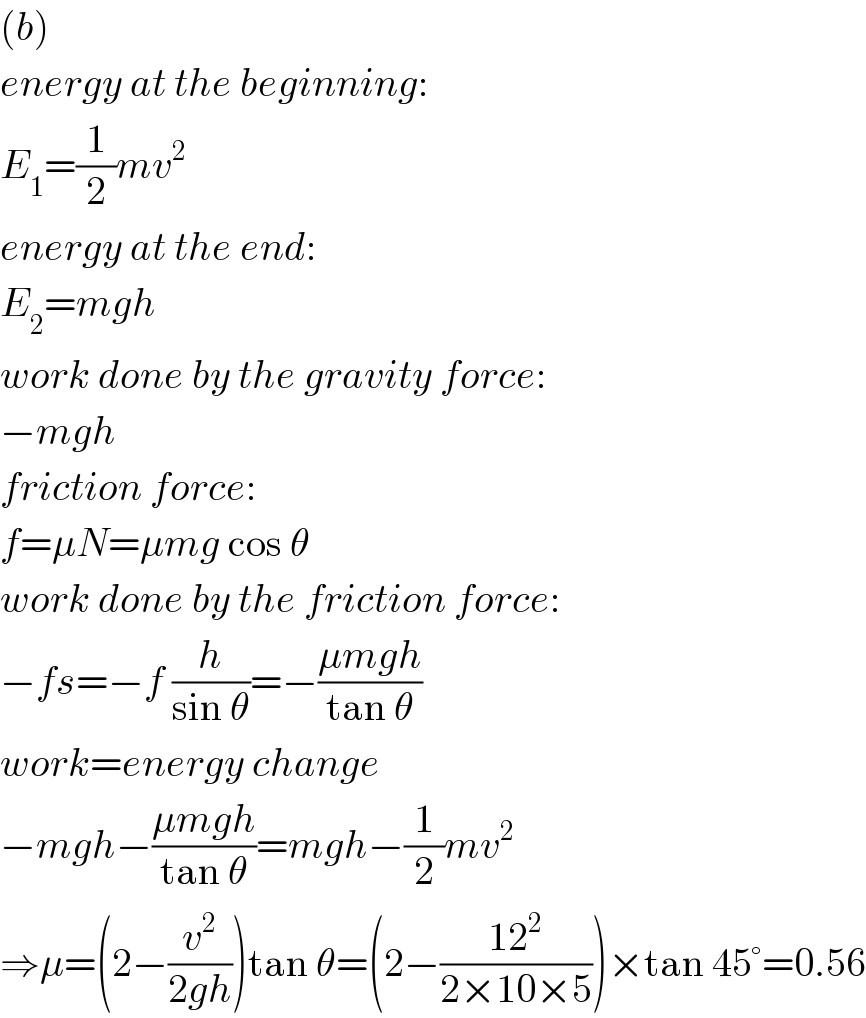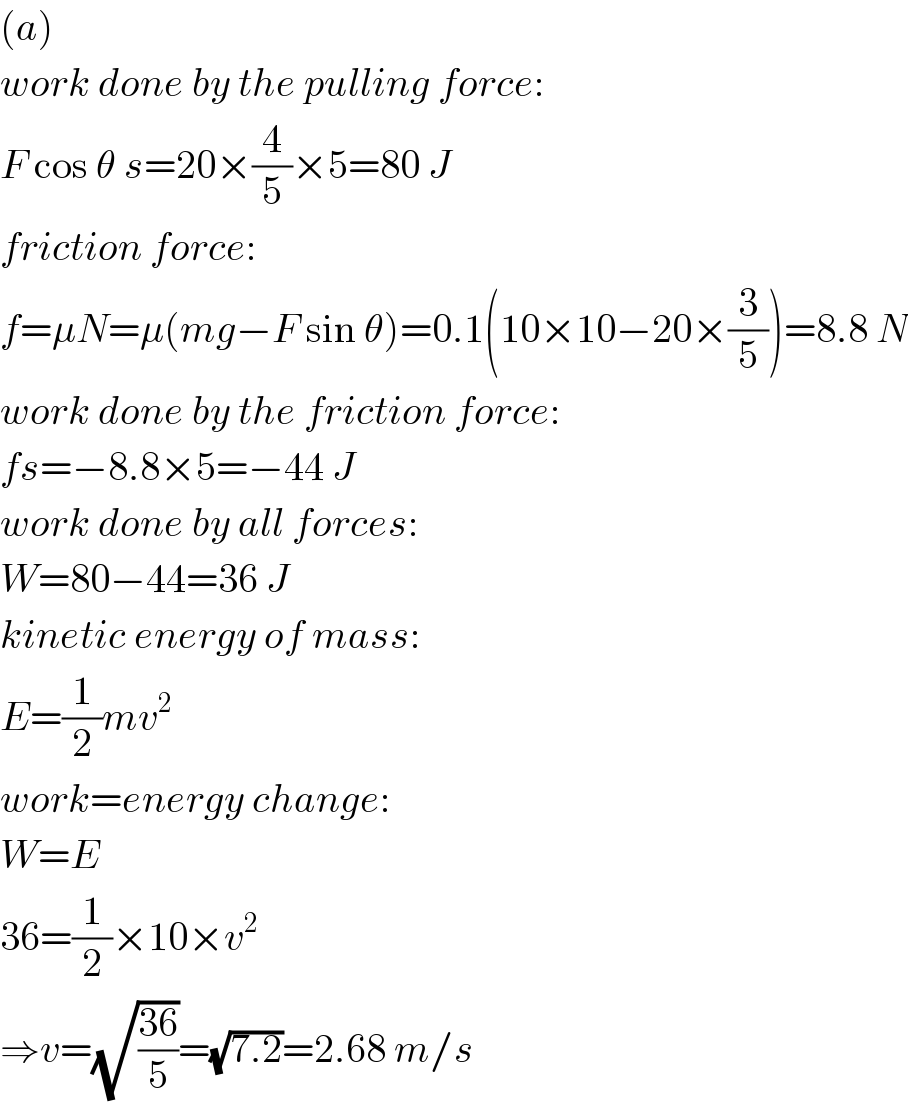
Question and Answers Forum
Question Number 69829 by TawaTawa last updated on 28/Sep/19

Commented by TawaTawa last updated on 28/Sep/19

Commented by TawaTawa last updated on 28/Sep/19

Answered by mr W last updated on 28/Sep/19

Commented by TawaTawa last updated on 28/Sep/19

Answered by mr W last updated on 28/Sep/19

Commented by TawaTawa last updated on 28/Sep/19

